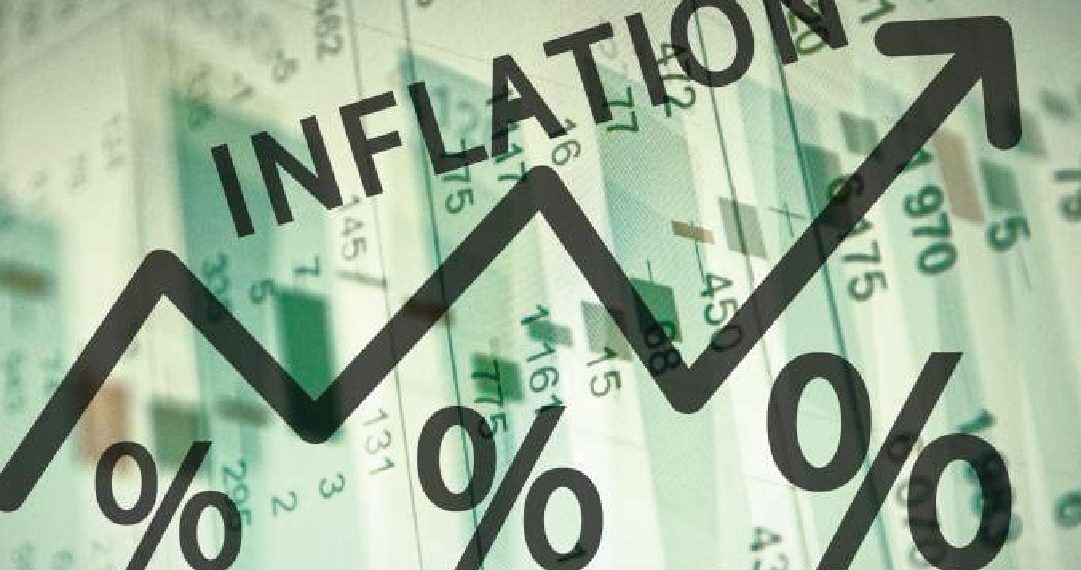Despite Nigeria’s retail sector being dominated by independent formats like Open Markets and Kiosks in terms of absolute store numbers; the Nielsen Shopper & Retail World Conference held in Lagos, Nigeria, has revealed that Modern Trade formats like Supermarkets and Hypermarkets are stepping up to fulfil the needs of consumers.
Speaking at the event, Nielsen East-West Africa & Maghreb MD Abhik Gupta said this indicated that there is still a lot of scope for retailers seeking to grow their modern trade presence within Nigeria. “Organised retail has the means to provide a comprehensive shopping experience, but in tougher economic times shoppers are actively seeking promotions and value for money that would make their trip to the stores worthwhile,” he commented.
The conference also included a presentation on Shopper Trends in Nigeria. This indicated that in terms of main shopping destinations, more than half of shoppers visit Supermarkets and Hypermarkets, which together, account for 26% of spend. Beyond the organised retail space, 76% of consumers shop in Open Markets and on average shoppers frequent these outlets ten times a month or twice a week. The second highest number of shoppers (61%) visit Kiosks but far more frequently at 20 times a month, although a smaller proportion of their grocery spend (12%) is in this channel.
The main reason for Nigerians to embark on a shopping trip was regular pantry restocking, followed by essential or emergency item needs at 16% and everyday needs.
Shopper Joy
Within this assortment of retail options, one of the most interesting findings of the study is that 90% of Nigerian shoppers say they “enjoy doing grocery shopping” and 87% say they always prefer to shop in a well organised grocery store with a pleasant ambience, with the same number stating that when they shop for groceries; customer service is very important to them. To capitalise on this mindset; retailers should look for optimising the store experience via organised store layouts, innovative merchandising and stand out promotional displays. In addition, it’s clear that shopper engagement is key, complemented by personalised customer service.
Nigerians also carefully consider their choices prior to purchase, with 92% saying they usually plan what to buy before they shop for groceries and 86% stating they have a strict budget for household groceries, however 82% say although they do plan they usually end up buying additional grocery items, which shows they’re open to unplanned or impulse purchases.
Pricing Aware
Against a backdrop of tough economic conditions and high inflation the Shopper Trends study for Nigeria revealed that consumers have understandably become more price conscious. In response to this challenging scenario, 70% of Nigerian shoppers said they are aware of the prices of the items they buy off grocery shelves and more than 95% of shoppers notice when the price changes.
Sixty percent of shoppers indicated they are choosing to cut back on luxuries and only buying essential basket items, while 27% of shoppers are buying less groceries in total. In the effort to meet the rise in prices, another 23% are buying in bulk to gain lower prices and 17% of shoppers are switching to cheaper products.
The top FMCG retail category which has been affected by increasing food prices and resulted in lower purchases by shoppers are fruit juices (93%) followed by carbonated soft drinks and mineral water (92%); fresh meat/poultry and fish/seafood at 91%, and laundry detergent and household products category also at 91%.
Within this scenario, 76% of shoppers said they are influenced in some way by promotions and 21% were prepared to change stores, based on which one has the best promotions during that shopping trip. This provides an excellent opportunity for modern trade outlets which are synonymous with this type of activity to offer enhanced promotions to drive incremental sales.
Gupta added; “As Nigerian consumers look for greater value and efficiency due to the
macro-economic and inflationary pressures they face, they are trading down on spend. Promotions and pricing will therefore be key tactics to attract consumers to stores.”














